

During the Second World War in Britain, there were many restrictions that were implemented. Purchasing or making pretty and fancy/decorative gifts were completely out of the question. Buying or even creating luxurious gifts were extremely difficult because of shortages. In fact, in the year 1941, “to conserve paper, the Ministry of Supply decreed that no retailer shall provide any paper for the packing or wrapping of goods excepting food stuffs or articles which the shopkeeper has agreed to deliver” (Mason). People were not even able to use something as basic and simple as paper to wrap presents. They had to use old paper that they already had.
This is an example of how students at Fen Ditton Junior High School used old papers and newspapers to make a paper chain, which was a commonly used decoration during Christmas time (Mason).

People were expected to “make do;” therefore, people used scraps or old materials to make presents. They often made gifts at home, using recycled resources. In fact, so many gifts were of cheap value and made from poor quality paper; such as stockings and toys.
This is a toy seed drill that was made from materials that were recycled (Mason). Although it does not look like a real toy now, long ago this is what children used and was actually something to play with.

In 1943, the poster entitled, “Tell Them To Make It A War Savings Christmas” was issued by the National Savings Committee in Great Britain. The poster has three military men on the left representing the “Royal Navy and Army” (“Imperial War Museum”) and they are expressing their needs while Santa is heeding their pleas by placing his hand by his ears (listening) and also by holding a card saying, “War savings for everyone.” The method of using Santa is effective because Santa is the one that gives gifts and since he is holding a card that says, “war savings,” the message is clear to the public that they should not expect much for Christmas. In fact, Santa is definitely suggesting to expect very little and that there might not be any gifts this year due to the war. The man, girl, and woman on the left, all represent the public. The poster has Santa conveying the central message which is that even though it is Christmas time, the public’s primary goal and concern is to save for the war. The Savings Committee is letting the public know that they have to “tighten their belt” because the needs and materials for the war comes first before any Christmas gifts; thus all money or spending should be for the British war effort. In other words, the materials and resources that are used and spent on presents such as food, clothing scraps/rags, metal, etc. can be conserved for soldiers, weapons, and other important necessities. Two common presents for Christmas were house soap and sweets; however, these items were rationed and became limited. There was also a shortage of alcohol. Living life to the fullest was not an option to the people of Great Britain as they had to be careful and concerned about shortages and conservation.
The stability of the soldiers and the success of the war greatly depended on the public’s contribution. Even though the poster does not directly say, “We Need You,” the poster still delivers propaganda which is that the people have to put their desires and wishes aside and sacrifice for the benefit of Great Britain. It is apparent that this was a very difficult time for the people of Great Britain because they had to give up so many things and settle for less, even children had to bear with the little things they had. It was hard for people to enjoy themselves because of the emphasis on conservation by the government. In addition, because of shortages people couldn’t get a proper meal; for example, meat-turkey, chicken, and goose were very limited. It was estimated by the Ministry of Food that one out of 10 families would get turkey or goose for their Christmas dinner (Brown). Because the government issued so many regulations and propaganda posters to emphasize restrictions and conserving, we can concude that it was tough for the people of Britain to think positive and put aside their worries and concerns.
This is another similar poster that was released during World War Two in order to motivate the public to send their war savings. The poster delivers a similar message to the one above by influencing the people to support their country, Great Britain. By sending their war savings, the whole country becomes more stable, stronger, and secure which of course is the most sensible thing for them to do. In addition, by supporting their country, they can now take pride in themselves like a true patriot. 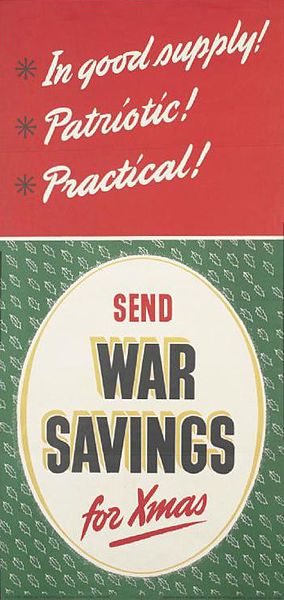
Works Cited
Brown, Mike. “History – British History in depth: Christmas Under Fire.” BBC, BBC, 17 Feb. 2011, www.bbc.co.uk/history/british/britain_wwtwo/christmas_underfire_01.shtml.
Mason, Amanda. “How Britain Celebrated Christmas During The Second World War.” Imperial War Museums, 25 Nov. 2014, www.iwm.org.uk/history/how-britain-celebrated-christmas-during-the-second-world-war.
“’Tell Them to Make It a War Savings Christmas!’.” Imperial War Museums, www.iwm.org.uk/collections/item/object/33381.
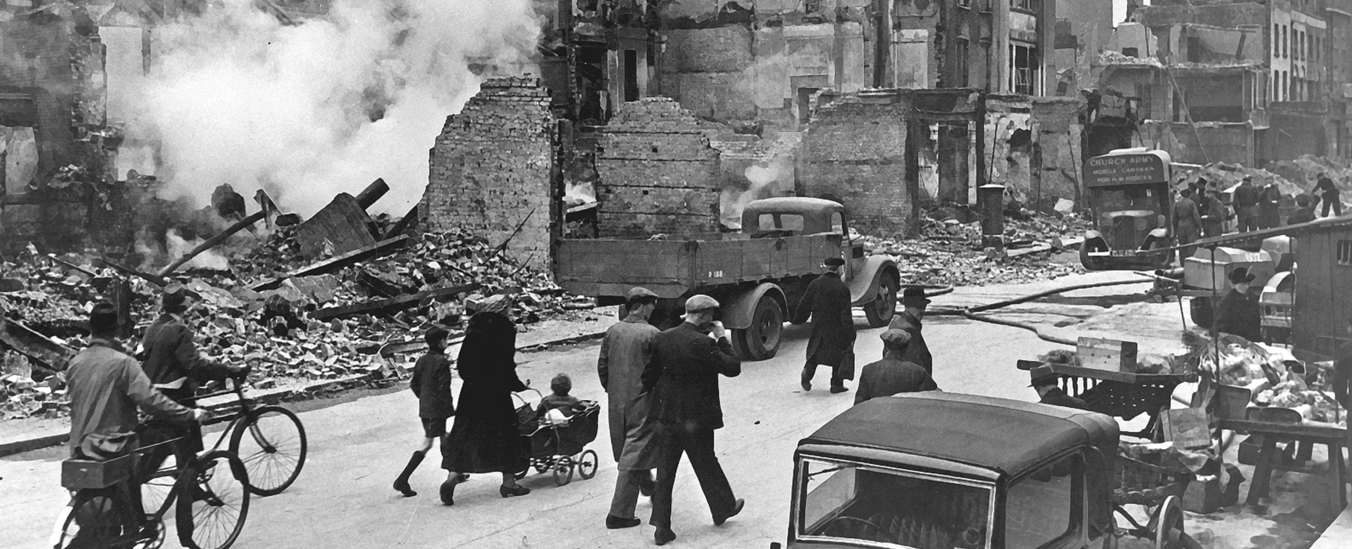

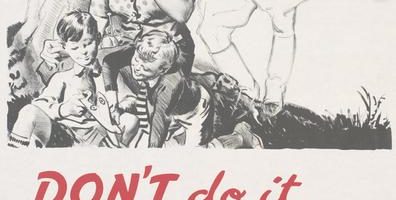
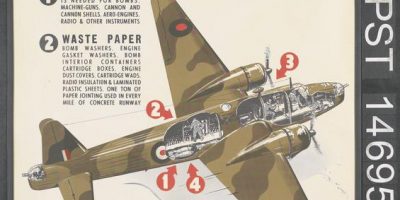
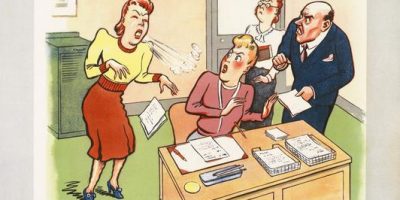


Melissa Dinsman
Love the inclusion of the historical photos in this post. Did you come across anything to suggest how many years this poster (or ones similar to it) was in use?
Jack
I am not sure how many years these posters were in use. Many of the posters simply have the entire duration of the second world war (1939-1945). I have not read anything stating whether or not the same posters were continuously used throughout the years. “Tell Them to Make It A War Savings Christmas” was issued in 1943 but I am wondering as well if that same poster was used till the end of the war in 1945.
Deen Ray
Hi Gobind
I’m fascinated by this poster and I think it’s rather peculiar looking at it from a modern lens. Today, Christmas typically involves buying someone an expensive gift or a card with money inside. But gifts like the toy seed drill you posted emphasize the holiday’s meaning. Even without money or resources they took the time to make meaningful gifts by hand. That’s pretty inspiring. It makes me realize that our current interpretation of Christmas is quite frivolous.